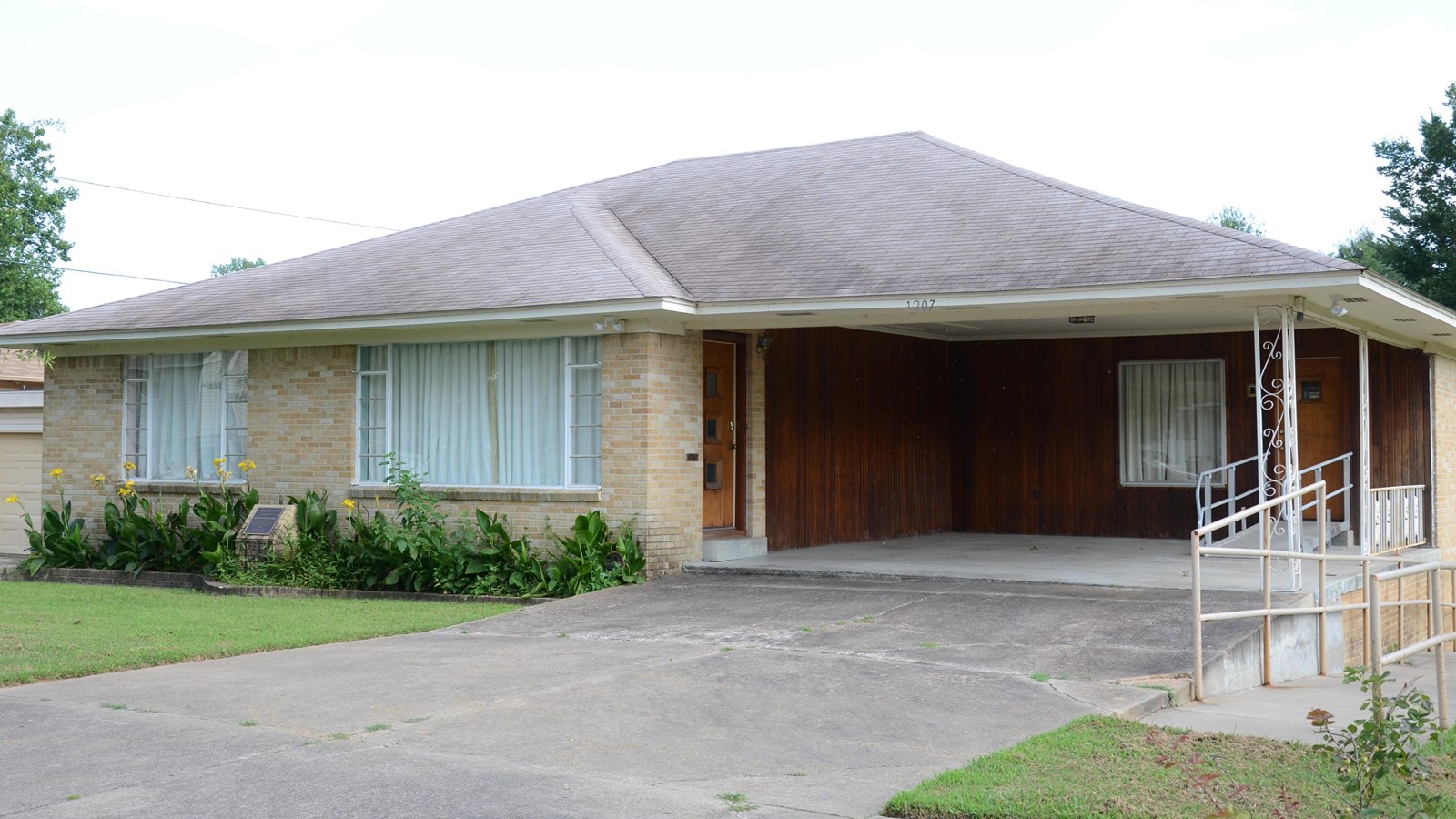Last updated: November 16, 2022
Place
Arkansas: Daisy Bates House Little Rock

By Valis55, CC BY-SA 3.0, https://commons.wikimedia.org/w/index.php?curid=41597682
The Daisy Bates House, a National Historic Landmark, was the de facto command post for the Central High School desegregation crisis in Little Rock, Arkansas. It was the first time a President used federal powers to uphold and implement a federal court decision regarding school desegregation. Mrs. Daisy Lee Gatson Bates, who, with her husband Lucius Christopher (L.C.) Bates, resided at this address during the Central High School desegregation crisis in 1957-1958. The house served as a haven for the nine African-American students who desegregated the school and a place to plan the best way to achieve their goals.
As the president of the Arkansas state conference of the National Association for the Advancement of Colored People (NAACP) branches, Daisy Bates symbolized the legal fight to desegregate the public schools after the U.S. Supreme Court's 1954 ruling in Brown v. Board of Education that found segregated schools unconstitutional. Mrs. Bates combined her public roles as the state NAACP president and co-publisher (with her husband) of the Arkansas State Press to become a mentor to the nine teenagers (now known as the Little Rock Nine) who ultimately desegregated Central High School.
During the desegregation crisis, the Bates' home became the official pick-up and drop-off site for the Little Rock Nine's trips to and from Central High School each school day, and consequently, a gathering spot for the Nine and members of the press. As such, the house became a frequent target of violence and damage at the hands of segregation's supporters. The perseverance of Mrs. Bates and the Little Rock Nine during these turbulent years sent a strong message throughout the South that desegregation worked and the tradition of racial segregation under "Jim Crow" would no longer be tolerated in the United States of America.
Visit the National Park Service We Shall Overcome travel itinerary to learn more about the civil rights movement themes and histories. Also, be sure to check out Civil Rights subject site.
